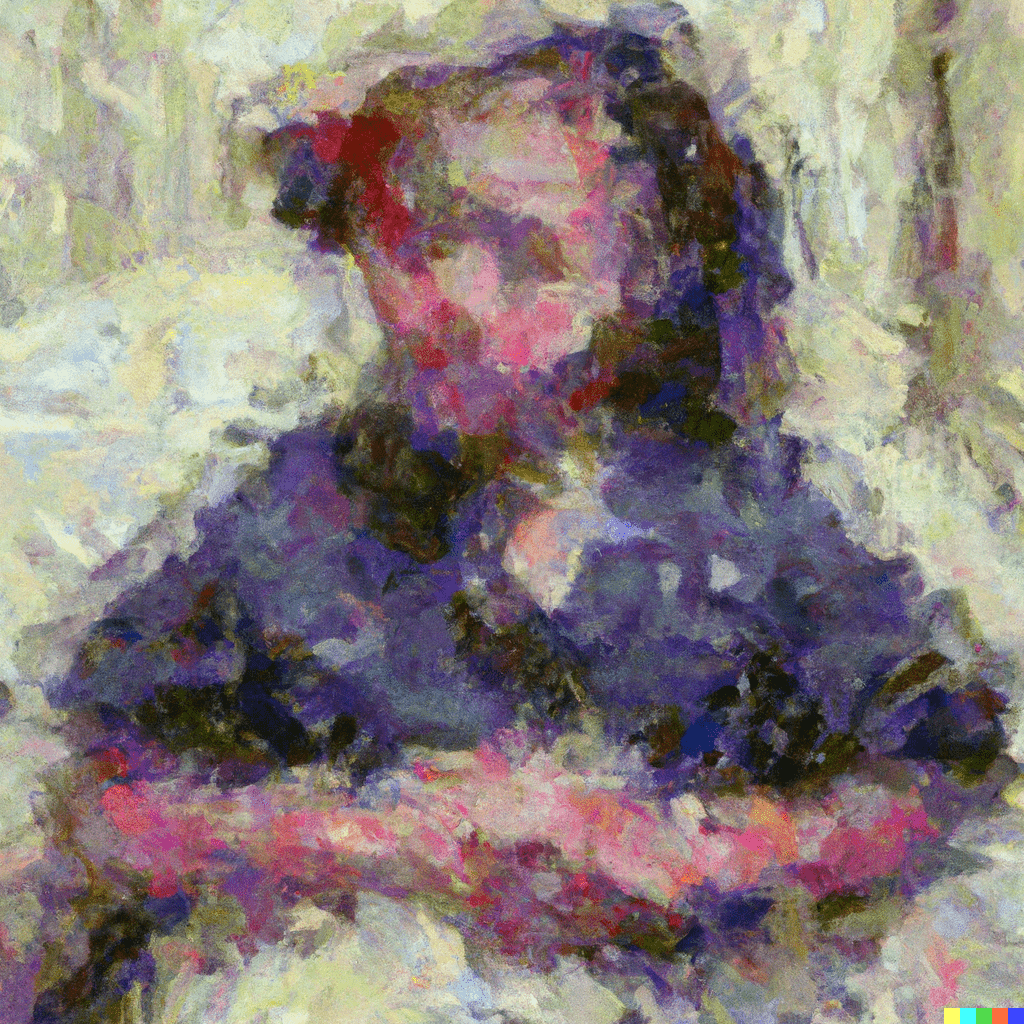The Buddha on Non-Self
 Non-self in Impressionist Style by #dalle
Non-self is a central concept in Buddhism, which makes it very different from other belief systems.
Non-self in Impressionist Style by #dalle
Non-self is a central concept in Buddhism, which makes it very different from other belief systems.
The main idea is this: that a so-called self or soul is made up of five aggregates (physical form, sense-feelings, perception, volition, sense-consciousnesses), each of which are not a self or soul. So there is no single thing you can point to which is a self or a soul.
Here is the Buddha explaining why there is no self nor soul, in each of the five aggregates:
—
In Pali:
Mendicants, form is not-self.
“Rūpaṁ, bhikkhave, anattā.
For if form were self, it wouldn’t lead to affliction. And you could compel form:
Rūpañca hidaṁ, bhikkhave, attā abhavissa, nayidaṁ rūpaṁ ābādhāya saṁvatteyya, labbhetha ca rūpe:
‘May my form be like this! May it not be like that!’
‘evaṁ me rūpaṁ hotu, evaṁ me rūpaṁ mā ahosī’ti.
But because form is not-self, it leads to affliction. And you can’t compel form:
Yasmā ca kho, bhikkhave, rūpaṁ anattā, tasmā rūpaṁ ābādhāya saṁvattati, na ca labbhati rūpe:
‘May my form be like this! May it not be like that!’
‘evaṁ me rūpaṁ hotu, evaṁ me rūpaṁ mā ahosī’ti.
(PJ’s note: this repeats completely for the other five aggregates: feeling, perception, volition, consciousness).
In the Chinese parallel:
It was then that the Bhagavān addressed the monks,
爾時,世尊告諸比丘:
“Form is not the self.
「色非是我。
If form were the self, it wouldn’t be that illness and pain arise from form, and there wouldn’t be the desire about form:
若色是我者,不應於色病苦生,亦不應於色欲:
‘Let it be so; let it not be so.’
『令如是,不令如是。』
It’s because form is without self that there’s illness and pain that arise from it, and these desires are possible:以色無我故,於色有病有苦生,亦得於色欲:
‘Let it be so; let it not be so.’
『令如是,不令如是。』
Feeling, perception, volition, and consciousness are likewise.
受、想、行、識亦復如是。